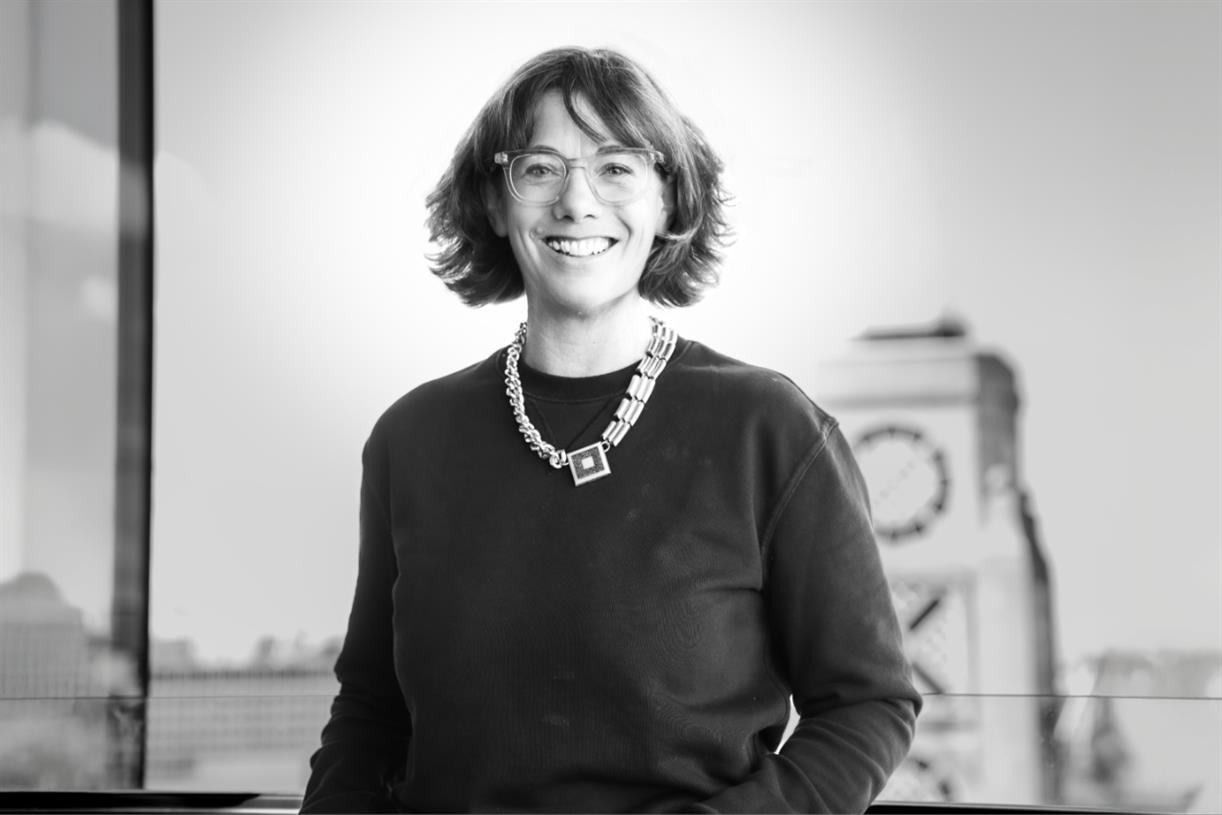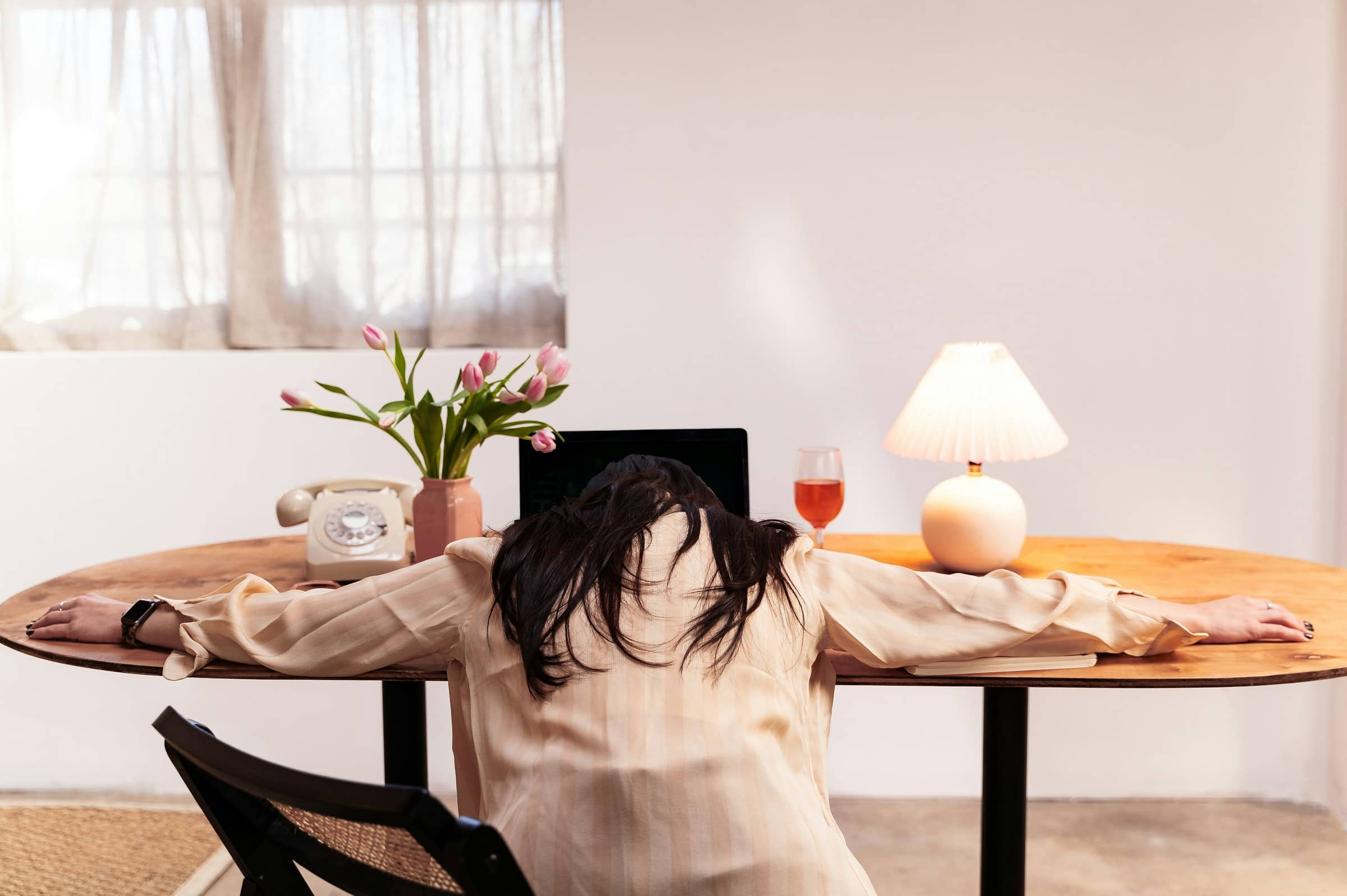Empty Vessels
An interview with Zen potter Roshi Julie Myoko Terestman on her approach to the craft The post Empty Vessels appeared first on Tricycle: The Buddhist Review.
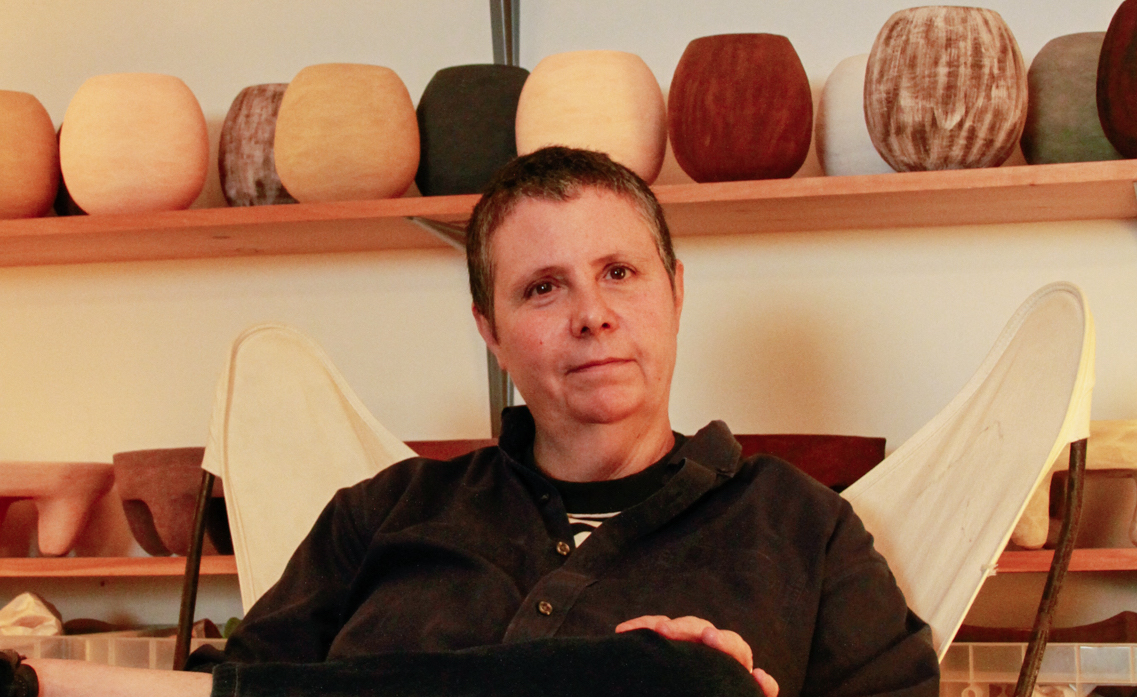
Recently, I had the honor of interviewing Roshi Julie Myoko Terestman in the large, sunlit studio she shares with another artist in Jersey City, NJ. I know Myoko from my practice at the Village Zendo in New York City, where she is a truly wonderful teacher, admired by all for her warm, grounded, and wholehearted nature. For the past few years, she’s been the main person at the Zendo with whom I’ve done “interview” (or dokusan, as it’s known in Zen), a face-to-face encounter with a teacher to help deepen a student’s understanding and practice—and so it seemed natural to conduct an interview with Myoko outside the Zendo, as well.
Here, however, the topic would not only be Zen, but also the other field in which Myoko displays a uniquely profound knowledge: pottery, an art she’s been studying since 1979. At her studio, we greet each other, and Myoko serves me coffee in one of her cups. I have a similar cup of hers at home—a matte glaze, reddish brown, the color of good earth—and it is one of my favorite possessions. Simple, with a familiar heft to it, yet full of grace and life, it feels in my hand like it could be the original cup, the one all the others are based on. We discuss her approach to the art while surrounded by works of pottery that feel very much alive—so that it is as if we are being gently watched and listened to by a gallery of old, wise friends.
How do you see your work relating to your Zen practice? Well, it goes back to that age-old question of, what is practice? I don’t know how to separate the two things—they’re not really two.
Do you find a sort of presence in making pots that reminds you of practicing Zen? For me, working has always kind of been a refuge. Working in the studio, there’s a combination of discipline and freedom that is not unlike zazen or a meditation practice. Just showing up, the activity of doing itself, is like 90 percent, and then through that a quality of letting go can happen. That’s the sweet spot, where you’re not thinking about what you’re going to do next—you’re just in that zone where one thing is leading to the next thing and you can step out of it.
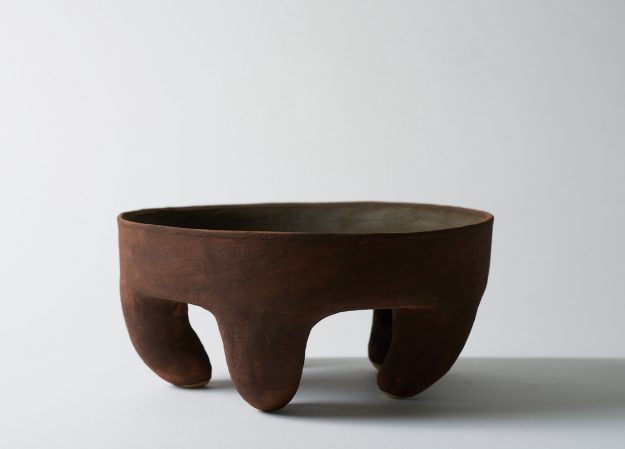 Photo by Chris Dinerman
Photo by Chris DinermanWhen you set out to make a pot, what do you want it to accomplish or embody when it’s done? When a piece is successful, it becomes a place where the mind can both rest, and yet at the same time travel—which may seem contradictory, but not really. In my work, I often experience feelings of remembrance alongside discovery—a sensation of returning to someplace new. It’s an odd thing, because when I’m working, I don’t think, oh, I want this to push a boundary or be different. At the same time, if it’s exactly what I’ve seen before, then it’s not interesting to me. There are certain forms that I return to year after year, and you’d think this would get boring, but it just gets more interesting. In repetition, there’s freedom and space to play attentively with the smallest of details, which ironically can result in the greatest of differences.
I guess it’s like a sport in that way—say, tennis: you can spend thirty years just hitting a ball over the net with another person thousands of times, but every time you do it, it’s totally different. I feel that way with making pots, and it’s not unlike sitting down to meditate, either—you assume the posture, let go, and anything can happen: you don’t have any idea where you’re going to go.
So the idea of “not knowing” is a key element in pottery as well? I think it’s important to remind us of the inherent mystery of the vessel as a container. Holding tea, a simple cup is quite concrete and intimate—but, when empty, it may seem quite vast and monumental, with a real sense of openness to it. And then it’s like, where does that openness lead you?
I’ve heard you talking about your zazen as a container that holds you and that you can rest in, while simultaneously offering that sense of openness. Did that metaphor come from your pottery experience? As a potter, I’ve always been interested in this dynamic between inside and outside, and it comes up a lot when I’m glazing or making a rim—what is the inside, what is the outside, and where does one meet or become the other? I remember always having that question early on in my sitting practice: that sound out there, is it inside or outside my mind?
There’s that wonderful quote from the Tao Te Ching: “We shape clay into a pot, but it is the emptiness inside that holds whatever we want to use… We work with being, but nonbeing is what we use.” This seems so apparent in your craft. It is so interesting, because when you’re teaching pottery, you’re always trying to get people to realize that what you’re really thinking about is the quality of the space inside, and what that feels like. It’s not about the outside silhouette. Form is not separate from the emptiness it’s embodying or containing. So if you’re just thinking of silhouette as an end in itself, surface appearance rather than the unseen structure within, the result can feel almost dead. You can see pots that look perfect, and the lines are perfect, but there’s nothing happening inside.
Why does that happen? Hard to say exactly, but I think it’s mostly just a lack of presence.
When you’re making it? Yeah. It’s kind of like already knowing what you’re going to do—which can feel safer, though it isn’t—so you’re not really there, because then you don’t have to be.
Do you ever make pieces that feel that way? Oh yeah. I have piles of things I’ve thrown out. I throw out almost as much as I keep, easily.
Do you know why those don’t work? I can just feel it, and then I can see it. Sometimes it’s a technical thing, or sometimes somebody else might not see it but I can see the subtlety of proportion isn’t there, or the shape is there, but it’s kind of static. Sometimes you may want something to be still, but you don’t want it to be static. I just smashed a few pieces earlier.
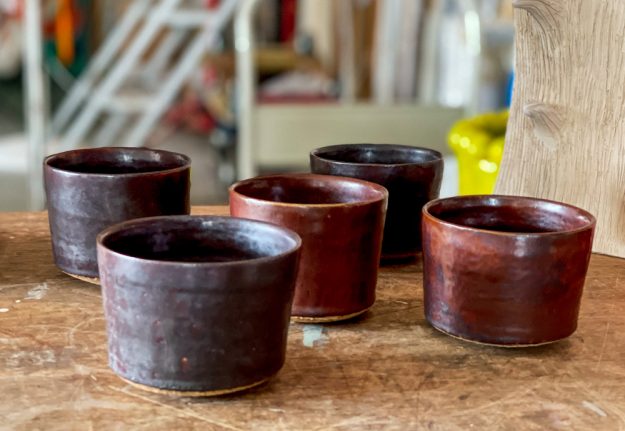 “These were glazed and fired at Greenwich House Pottery where I teach, with a matte red-brown glaze that looks and feels very much like stone or rock. These cups were inspired by tea bowls made by Honami Koetsu, an amazing early Japanese painter and potter.” —Julie Myoko Terestman
“These were glazed and fired at Greenwich House Pottery where I teach, with a matte red-brown glaze that looks and feels very much like stone or rock. These cups were inspired by tea bowls made by Honami Koetsu, an amazing early Japanese painter and potter.” —Julie Myoko TerestmanIs it fun smashing the pieces? It is. Though it’s important for me to keep pieces that bother me around for a while first: there’s a lot to be learned from reflecting on the mistakes. But then, once I’ve digested what’s problematic or not working, it’s such a relief, to be like, let’s put us both out of our misery [laughter].
What’s the most important thing that you try to teach your students? I guess to pay attention, especially to the details, and to practice patience and perseverance. And the biggest thing is to think of making mistakes as useful. When we can see a mistake’s value it becomes a teaching, rather than just another way to beat yourself up. In making pottery, there are always a lot of mistakes—that never goes away—which in the beginning, can be very frustrating. Though, to be honest, this embrace of one’s “mistakes” is an ongoing challenge—not just in the beginning—and it’s much easier said than done! Another thing is to become more involved with the process than with the outcome, which is interesting because when that happens, the outcome is always better.
Is there a sense in which you feel like you’re fulfilling your bodhisattva vows in making this work and offering it to the world? Or, to put it another way, if someone buys a cup, does it make you happy to think that they’re going to be drinking out of it? Well, I often feel I should be doing work in the world that is of a directly political, economic, or healing nature. But I believe art has a similar, if more subtle, role. And I do feel a responsibility to do what I can to bring some beauty into the world.
⧫
For more information, visit julieterestman.com.

 ValVades
ValVades 







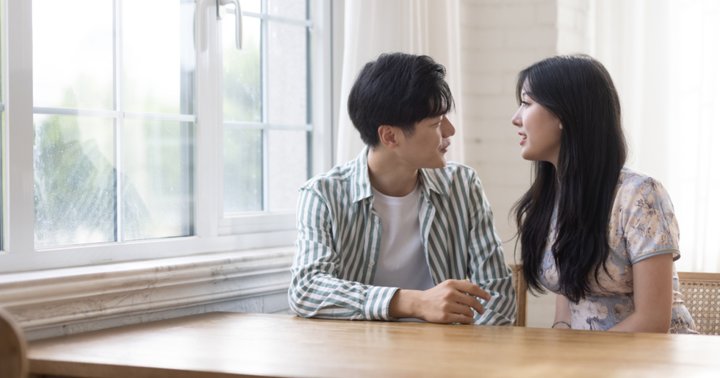


















.jpg&h=630&w=1200&q=100&v=f776164e2b&c=1)
